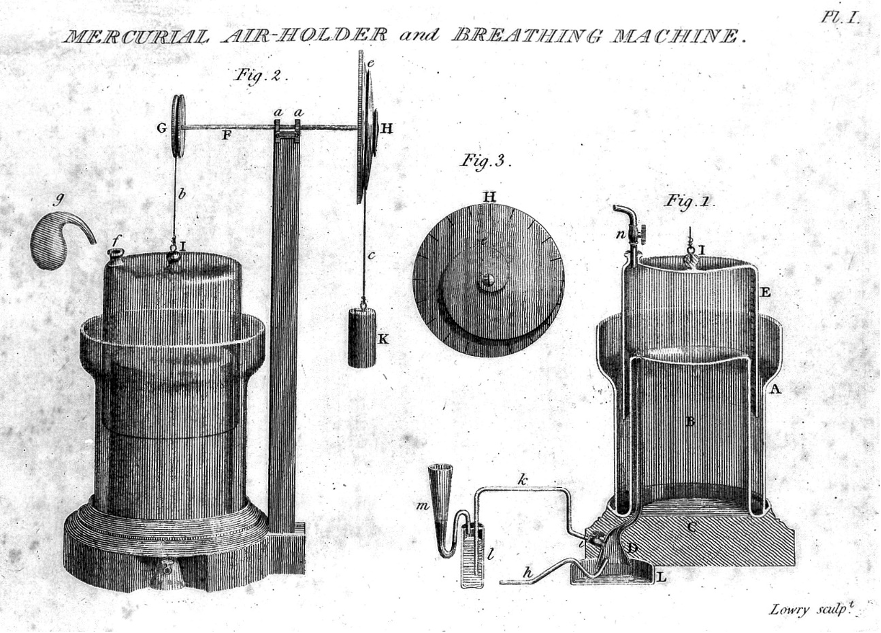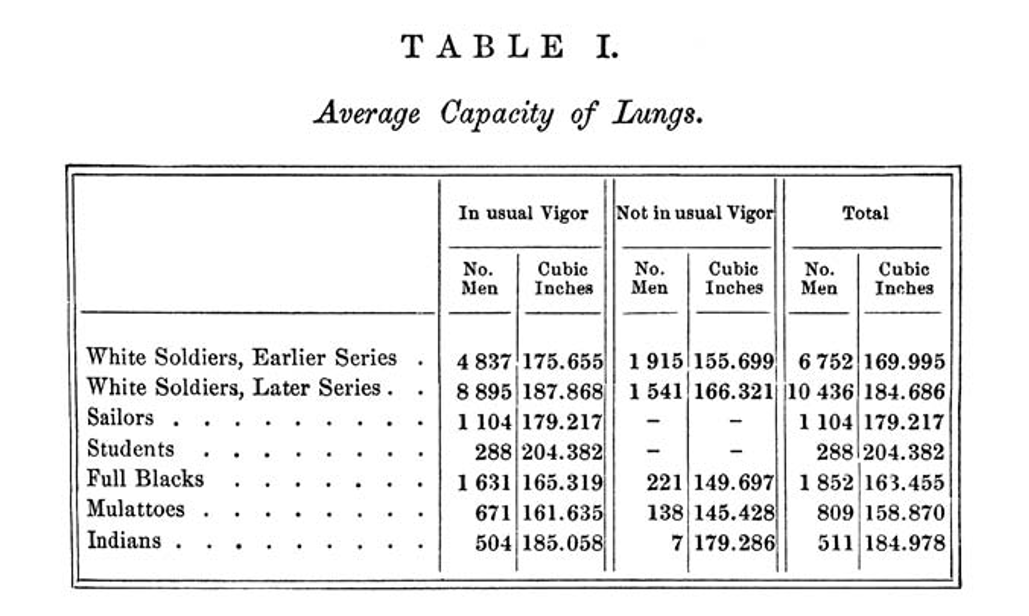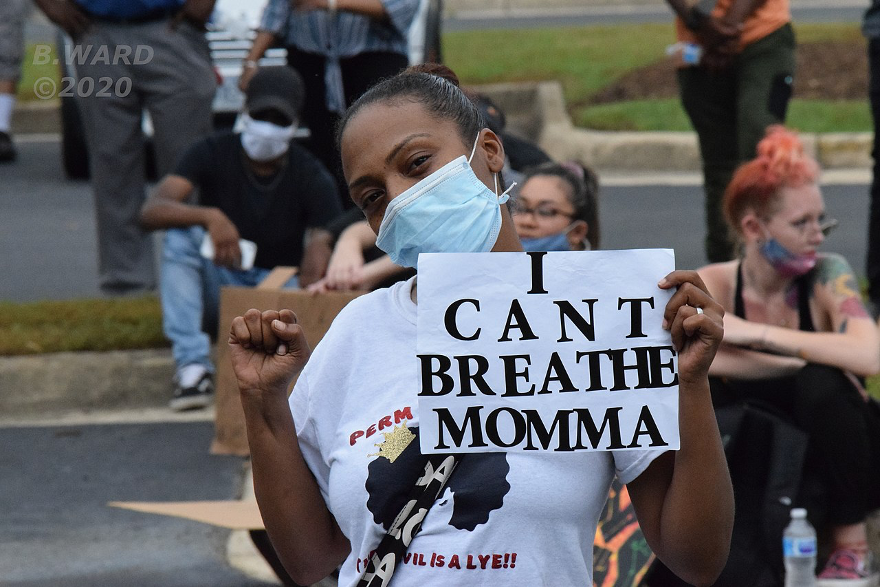Society for Sick Societies is a diagnostic project. Built as a series of episodes, each one of its vignettes sets out to analyze an expressed symptom of a sick society–a practice, pattern, gesture, proverb, or technique that seems to encapsulate social malaise in pseudo or post-democratic societies. The triple S is critical theory’s first aid to a state of crisis, probing sickness as both real and symbolic, affecting the biological body, the social body, and the body politics. The series is edited by Laliv Melamed.
“We revolt simply because, for a variety of reasons, we can no longer breathe.” –Frantz Fanon
“You may be able to spread coronavirus just by breathing.” This unsettling news was revealed by the National Academy of Sciences’ report on the novel SARS-CoV-2 in April 2020. That the deadly virus could be transmitted through aerosols and thus just by the simple act of breathing was a deeply disturbing thought. It meant nothing less than that the coronavirus simply was in the air and that we were exposed to it as long as we were sharing the same air with others. Air, as a shared common resource, had turned into a threat. Of course, this is not new. Contagious lung diseases from dirty air and industrial pollution have been around for a while, and exposure to them is often determined by socio-economic factors: death rates for lung diseases are mostly higher among poorer groups and in geographic areas of social deprivation, where housing conditions are worse and residents are likelier to be exposed to air pollution and occupational pollutants. But with COVID-19, it is different: since the virus seems to be affecting everybody, there is no recognition of the way that class divisions affect its spread.
My air is your air, I am breathing what you exhale–nothing is scarier these days than this errancy of air, nothing more worrisome than the secret invisible choreography of miniature aerosols spreading the virus. The problem is more than ever the impossibility of privatizing and controlling what and with whom we breathe. Breathing as a choral practice has become a dangerous undertaking, especially for those who have no choice but to breathe in common—in overcrowded working and living spaces, hospitals, supermarkets, and factories. Not only did the pandemic thus change our consciousness of breathing and shift our attention towards the (im)purity of air, but it is also clear that it involves questions of race, class, and income inequality. One could even say that breathing while Black has proven to be especially dangerous: COVID-19 disproportionately affects minority groups.
The pandemic’s far-reaching sociopolitical effects are deeply interwoven with the history of anti-Black appropriation of air and breath. In 1970 Frantz Fanon wrote: “We revolt simply because, for a variety of reasons, we can no longer breathe.” Now, in 2020, somehow still the same “variety of reasons” has led to a movement which carries the last words of Eric Garner and George Floyd, both victims of police brutality, “I can’t breathe,” as its slogan. Fifty years after Fanon’s account of Black resistance, not being able to breathe has become a powerful and politically charged metaphor for the violent impact of a historically grown inequality and the resistance against it that might accumulate now in this current crisis of a literally breath-taking virus. However, as Floyd’s death as part of ongoing anti-Black violence already indicates, thinking of breath and breathing and resistance during the pandemic would be shortsighted if it didn’t consider the historical connection between anti-Blackness, propertied personhood, and the privatization of air. The relation between racism and breathing goes back a long way, inseparably intertwining Blackness and white supremacists’ dreams of purity, unity, and enclosure. Controlling air as a “common” and “protecting” it from “Black pneuma” proves to be whiteness’s historical obsession.
As famously argued in the midst of the abolitionist struggle by William Davy during a court hearing in 1722, England’s air was said to be “too pure an Air for Slaves to breathe in” (28). (Cynically enough, this argument was used in the interest of the slave’s freedom in this case.) Of course, it is this air’s very “purity” that led to a wide variety of lung diseases during the rise of England’s industrialization, diseases that affected mostly the poor white working class. The right to breathe pure air was reserved for the privileged. Later, however, contagious epidemic diseases, such as tuberculosis and pneumonia, spread beyond class divides and therefore provoked new interest in their causes and particularly in the functioning of the lung. From the late eighteenth century onward, a great number of researchers thus developed devices and apparatuses that would measure lung capacity, anticipating that the volume of air in the lungs had something to do with the disease. One of these apparatuses is the spirometer (figure 1). This machine, also historically referred to as “pneumatic apparatus” and “breathing machine” would later become, and still remains, one of the most important tools to measure lung capacity, especially when it comes to curing patients from the long-term effects of COVID-19.

In Breathing Race into the Machine, Lundy Braun describes the career of this medical tool from its invention in the eighteenth century to its newest developments in the twenty-first century. More importantly, Braun traces the racialization of spirometric measurement throughout history and shows that, in the United States, the medical measurement of lung capacity has been closely linked to social debates about freedom, class, race, and human worth.
The instrument was used by physicians doing research in the South during the nineteenth century; the measuring of lung capacity became a means to prove Black people’s natural conditioning for agricultural work on the plantations. Considered racially different and inferior, the lungs of Black people were said to lack vitality which, as goes the perverse argumentation, could only be “cured” by forced labor. It was the founding father Thomas Jefferson himself who articulated this racial distinction between Black lungs and white lungs and assumed “a difference in the structure of the pulmonary apparatus,” which, according to him, made Black people “more tolerant of heat and less so of cold, than the whites”—and thus better suited for forced labor. Soon the “breathing-machine” called the spirometer could provide scientific “proof” of this racial difference in lung capacity and physicality. Throughout the nineteenth century, the systematic use of science to uphold and legitimize white supremacy increased, including anthropological and phrenological practices of skull-measuring and the ranking of “races.”
Another laboratory for this racialized spirometric measurement tool was the American Civil War. For his Investigations, Benjamin A. Gould compared the lung capacity of “White” soldiers to those categorized as sailors, students, “Full Blacks,” “Mulattos,” and “Indians” (figure 2).

His results showed the measurements of “Full Blacks” to be 6 to 12 percent lower than those of “Whites.” Even though the study was heavily disputed and was officially accused of being poorly done, inaccurate, and incomplete, research data was published in an adjusted and revised version, cleared of any inconsistency and distinctively proving white physical superiority. The study wouldn’t be of importance if it didn’t demonstrate and predict so well how white lung capacity then became the “standard of normal in the scientific imagination, both conceptually and empirically,” as Braun highlights. It is precisely here where race creeps into spirometric measurement and where it has remained ever since, influencing our understanding of what constitutes a “normal” lung capacity until today, still presupposing a greater pulmonary function for white people: modern-day spirometers still have a so-called “race correction” factor computer programmed into them, which means that if a patient is tested for lung function and she is identified as Black, a race-specific reference value is applied and subtracted from the “normal”—meaning “white”—standard spirometer reading. In the United States, this “correction factor” for patients identified as Asian amounts to 4-6 percent. This can be very consequential, for example, in compensation cases for occupational disease: a person labeled as Asian is subjected to a different “normal” and therefore would have to prove more lung damage in order be eligible for compensation than someone identified as white. What this racialization of medical results will mean for COVID-19 patients getting tested for long-term effects on their lung capacity is difficult to predict. This is not to imply that spirometry itself was to be dismissed. The spirometer was and still is an important instrument that can help detect and cure lung diseases. But the historical rise of the “breathing-machine” and today’s race-based medical measurements demonstrate that the question of what it means to breathe “normally” these days is still deeply embedded in a racialized logic of the calculable and categorizable.
Keeping that in mind, it is important to think of breath and breathing as something which is not quantifiable but which we rather hold in common. Because, unlike other resources, air somehow seems to resist privatization. It is crucial not to forget that there is a big difference between equally distributing a resource and regarding it as something that we hold in common. As the in-common or pneumatic commons, breathing rather holds a resistant potentiality which exceeds the logic of ownership. And in this sense, as pneumatic commons, breathing and air elude all countability and cannot be reduced to a quantified and countable resource. It is breathing as metaphor, movement, and performance which somehow still resists this very logic of appropriation.
Biologically speaking, breathing is the act of taking in oxygen and giving out carbon dioxide. The word implies the process of inhaling and exhaling, of drawing air into and expelling it from the lungs, of expanding and relaxing the rib cage. From a performance studies point of view, however, breathing is much more than that: it is movement, rhythm, and corporeality. As a choreography of moving air in and out of the lungs, it means taking in a part of the outside world to then give it back—minus some of the oxygen of course. And in this sense breathing implies an opening towards that which constitutes the “outside” and the “other” of the self-contained body. It seems, at first glance, as if air could be “privatized.” It can be cleaned, it can be filtered, and it can be sanitized but, in the end, you can never be sure if there is not still some miniature recycled part of somebody—or something—else’s aerosol remaining. There is no breathing without claiming a part of this outside other, no breathing without sharing the same air with others, no breathing without taking in foreign matter with every breath and carrying a trace of the others’ breath in us, taking in air and giving it back, but somehow altered. A constant rhythm of sharing, taking, giving—with and to humans, plants, trees, cells. Which means: a constitutive aspect of breathing is its resistance to privatization. Breathing is not about claiming ownership but about a being-in-common. Once breathing is detached from these pneumatic commons, it ends in suffocation.
Thinking of breath as shared performance which resists privatization, challenges us to rethink relationality and human exceptionalism. Breathing is circularity and recycling—a gruesome thought to fans of purity and subjecthood. No longer just considered as a metaphor for inequality and oppression but rather as a movement, an interruption and intervention by alterity, this performance of air, breath, and breathing subverts any essentialist concept of a self-contained body. As long as a body breathes, it cannot be self-sufficient or autonomous, simply because with every respiration it takes in a part of the other, and with every respiration this very other becomes lifesaving. This is what defines its resistant potential: breathing as movement in air is irreducible to the idea of property, subjecthood, and enclosure. As choral practice it exceeds purification and simply cannot be controlled or confined.
Nonetheless, any romanticization should be avoided: although breathing bears the potential to make us aware of our being in common, it is breathing as a shared practice which has become a threat during COVID-19. As the racialized history of the breathing-machine makes clear: air and breathing are never neutral and always determined by social and historical factors of race and class.
Cover image: A protester holds up a sign at a Black Lives Matter rally in Dumfries, Virginia on June 28, 2020.


